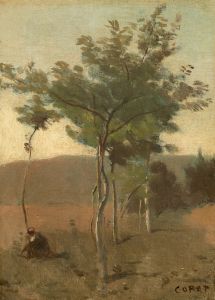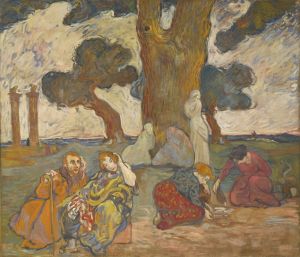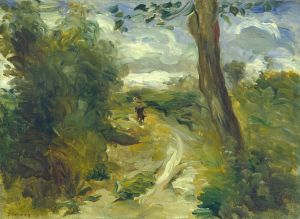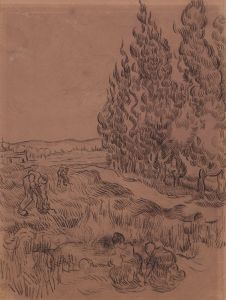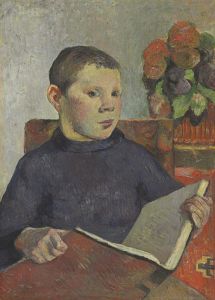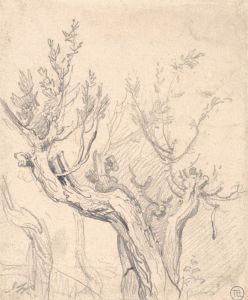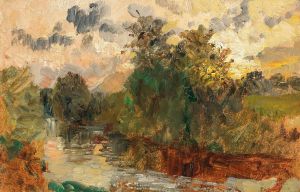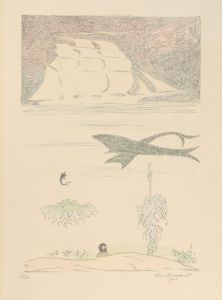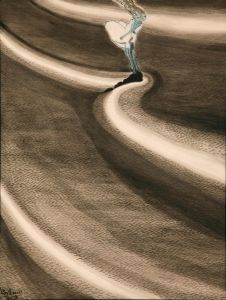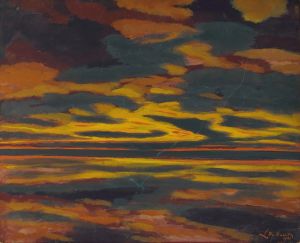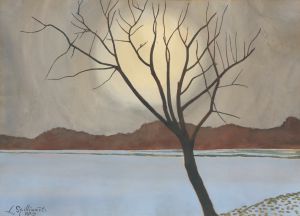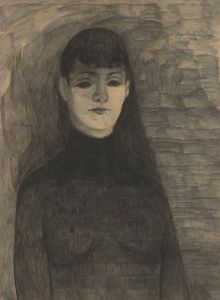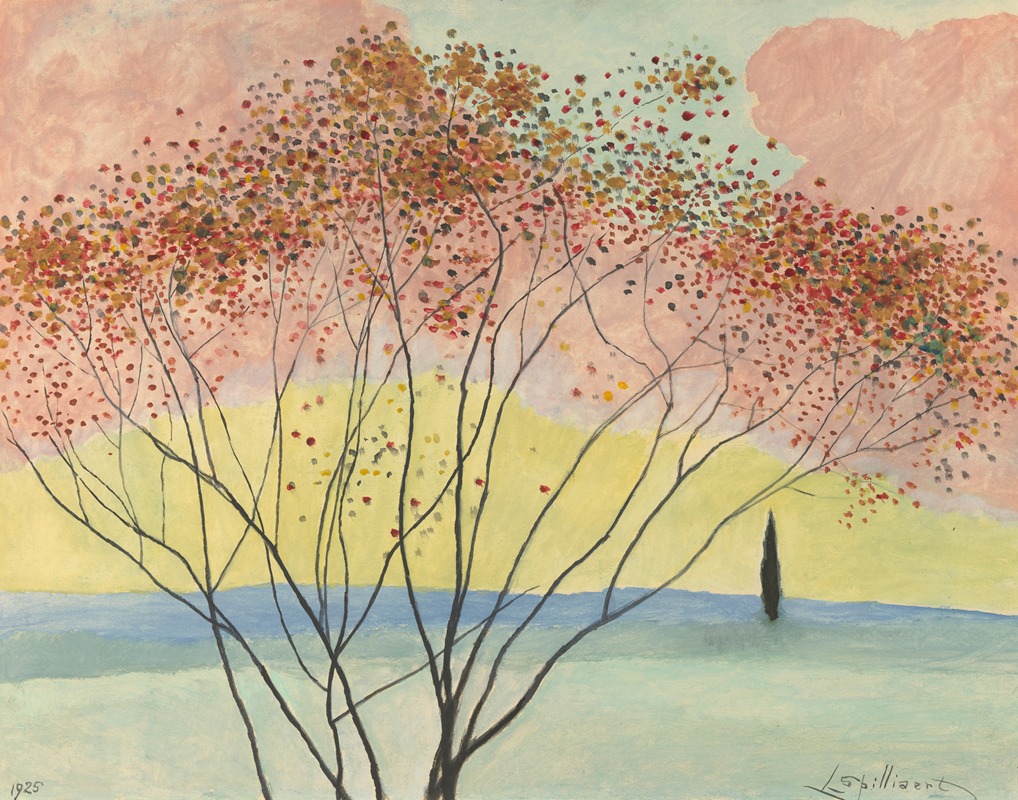
Landschap met bomen op voorplan
A hand-painted replica of Léon Spilliaert’s masterpiece Landschap met bomen op voorplan, meticulously crafted by professional artists to capture the true essence of the original. Each piece is created with museum-quality canvas and rare mineral pigments, carefully painted by experienced artists with delicate brushstrokes and rich, layered colors to perfectly recreate the texture of the original artwork. Unlike machine-printed reproductions, this hand-painted version brings the painting to life, infused with the artist’s emotions and skill in every stroke. Whether for personal collection or home decoration, it instantly elevates the artistic atmosphere of any space.
Léon Spilliaert, a Belgian symbolist painter, is known for his unique and atmospheric works that often explore themes of solitude, introspection, and the mystical aspects of nature. One of his notable works is "Landschap met bomen op voorplan," which translates to "Landscape with Trees in the Foreground." This painting exemplifies Spilliaert's distinctive style and his ability to convey mood and emotion through his use of color, composition, and form.
"Landschap met bomen op voorplan" is characterized by its minimalist yet evocative depiction of a landscape. The painting features a group of trees prominently placed in the foreground, which serves as the focal point of the composition. Spilliaert's use of trees is significant, as they often symbolize life, growth, and the passage of time, themes that resonate throughout his body of work. The trees in this painting are rendered with a stark simplicity, their forms outlined against a subdued background, which enhances their presence and draws the viewer's attention.
Spilliaert's palette in this work is typically muted, employing a range of earthy tones and subtle contrasts to create a sense of depth and atmosphere. This restrained use of color is a hallmark of Spilliaert's style, allowing him to evoke a sense of mystery and introspection. The background, while less detailed than the foreground, contributes to the overall mood of the painting, suggesting a vast, open space that invites contemplation.
The composition of "Landschap met bomen op voorplan" reflects Spilliaert's interest in the interplay between light and shadow. The way light interacts with the trees and the surrounding landscape creates a dynamic tension within the painting, highlighting Spilliaert's skill in capturing the ephemeral qualities of nature. This attention to light and shadow is a recurring theme in Spilliaert's work, often used to convey a sense of the uncanny or the otherworldly.
Spilliaert's approach to landscape painting is deeply personal and introspective. Unlike many of his contemporaries, who focused on capturing the external beauty of the natural world, Spilliaert's landscapes often serve as a reflection of his inner world. "Landschap met bomen op voorplan" can be seen as an exploration of the artist's own thoughts and emotions, using the natural elements as a vehicle for self-expression.
Throughout his career, Léon Spilliaert was influenced by a variety of artistic movements, including Symbolism and Art Nouveau, as well as by literary figures such as Edgar Allan Poe and Maurice Maeterlinck. These influences are evident in his work, which often combines elements of the fantastical with a keen observation of reality. Spilliaert's ability to blend these influences into a cohesive and original style has earned him a unique place in the history of art.
"Landschap met bomen op voorplan" is a testament to Spilliaert's mastery of mood and atmosphere, showcasing his ability to transform a simple landscape into a profound and thought-provoking work of art. Through his use of composition, color, and light, Spilliaert invites viewers to engage with the painting on a deeper level, encouraging them to explore their own emotions and perceptions.
In summary, Léon Spilliaert's "Landschap met bomen op voorplan" is a compelling example of his artistic vision and his ability to convey complex themes through the medium of landscape painting. The work stands as a reflection of Spilliaert's introspective nature and his enduring fascination with the mysteries of the natural world.





